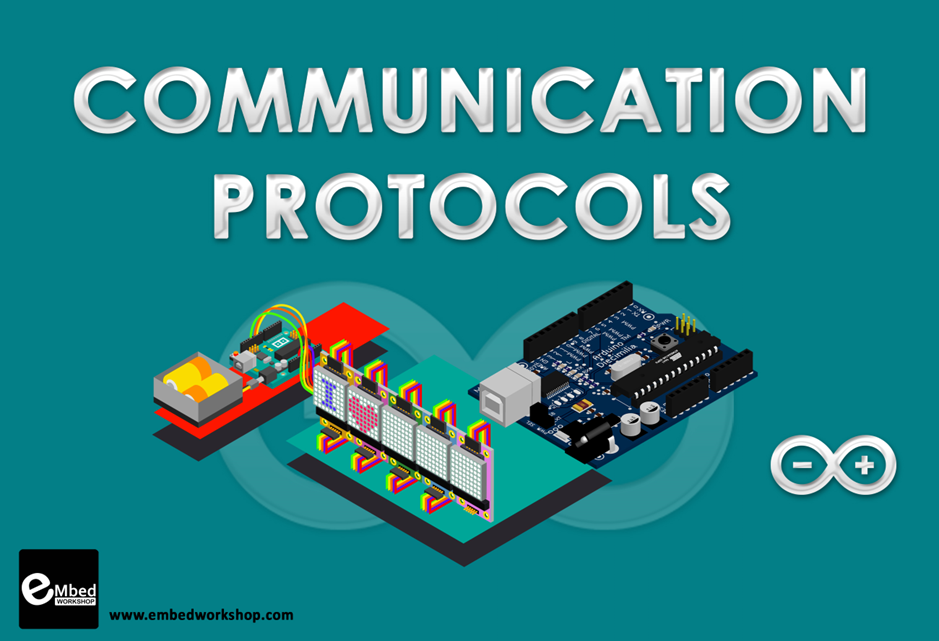Discover the Essential Hardware Components for Your Jetson Nano System (Tutorial 02)
- eMbed Workshop
- Jul 28, 2023
- 4 min read

Hi, after a few weeks, here we take you to the second tutorial of the jetson nano series.
When start working with jetson nano, need many things to begin with than simple microcontrollers like Arduino or some raspberry pi controllers. let's see what we will need to continue AI projects with jetson nano. For this tutorial, I'm using seeed studio J10.
Introduction:
Welcome to our comprehensive guide on setting up your Jetson Nano system! Whether you're a seasoned AI developer, a robotics enthusiast, or a hobbyist exploring the world of artificial intelligence, the Jetson Nano is a powerful single-board computer designed to fuel your passion for innovation. In this article, we'll walk you through the essential hardware components you'll need to kickstart your Jetson Nano journey and unleash its full potential.
1. Jetson Nano Developer Kit:
First, we need Nvidia Jetson Nano of course. you can use many developer kits. I gave you a few examples of suppliers who make jetson nano in the previous tutorial you can check from here. https://www.embedworkshop.com/post/jetson-nano-j10-introduction-tutorial-01
2. Power Supply:
To power your Jetson Nano, a reliable 5V DC power supply is essential. You can choose between a micro USB Type C or barrel jack connector, ensuring compatibility with the power input on the Jetson Nano Developer Kit. It's crucial to select a power supply that can deliver enough current, typically at least 2A, to meet the board's power requirements and ensure stable and efficient operation. If you are not using a proper power supply when connecting the camera and fan simultaneously may cause Jetson to reboot suddenly. it happened to me a few times while working on AI projects. And also when there is no AC supply near maybe in outdoor projects, can use a power bank that can deliver 2A to powerup jetson nano.
The power jack is (1). Never mess things up the (6) also type C but it is for USB communication.

3. MicroSD Card:
Some versions of jetson nano don't have inbuilt storage but the one I'm using has 16GB emmc. even though, you'll need a high-quality microSD card to host the operating system and your software projects. We recommend opting for a Class 10 or UHS-1 microSD card with a capacity of at least 32GB to accommodate the operating system and leave room for your applications and data. And also , you will need to copy the current OS to SD card and select that sd card as a priority. here is a guide for that, For this I'm assuming you already have boot the Jetpack for jetson. if not follow this guide.you will need ubuntu system or a virtual machine for this https://wiki.seeedstudio.com/reComputer_J1010_J101_Flash_Jetpack/ 1.Enable SD card first you need to enable sd card. if you just insert sd card won't show up in ubuntu system https://wiki.seeedstudio.com/J101_Enable_SD_Card/ 2.Boot From SD card As i earlier mentioned,you need to copy the os and select Boot from sd card . https://wiki.seeedstudio.com/J1010_Boot_From_SD_Card/ We will go in detail in next tutuorial 4. Host Computer: As I mentioned before, if os not pre-installed, you will need this. But in J1010, its already installed, so
To get your Jetson Nano up and running, you'll need a host computer (laptop or desktop) equipped with a compatible operating system. The host computer will be used to flash the Jetson Nano's microSD card with the necessary software, set up initial configurations, and manage your AI projects.
5. USB Keyboard and Mouse:
During the initial setup and configuration process, having a USB keyboard and mouse will be invaluable. These input devices allow you to interact with the Jetson Nano, install software packages, and configure settings efficiently.
6. HDMI Monitor:
To visualize your Jetson Nano's interface and interact with it during setup, you'll need an HDMI monitor or display. This enables you to navigate through the initial configuration steps and ensure everything is working correctly before proceeding with your projects. And also HDMI to VGA converters didn't work in jetson nano. 7. Internet Connectivity:
While the Jetson Nano doesn't have built-in Wi-Fi, you can establish internet connectivity through an Ethernet connection. Alternatively, you can use a compatible USB Wi-Fi dongle to connect to the internet, enabling access to online resources and software updates.
8. Cooling Solution:
If you going to use this for AI projects with high processing, for sure you will need cooling fa. Even you watch youtube for few ours, this will overheat. and also in seeed studio J10 enclosure design is not capable of apply fan , so I make my own cover for j10 enclosure.





Comments